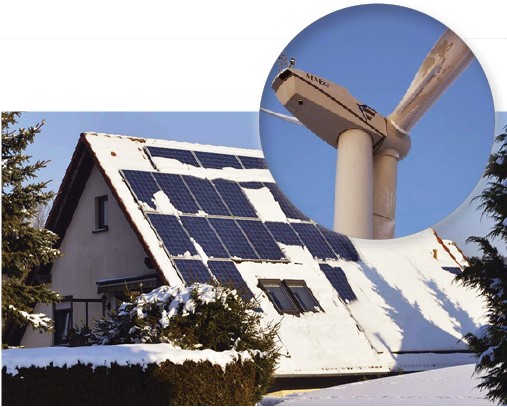We live in the time of climate change that is having a significant impact on our lives and that we’re trying to help by producing more and more power based on distributed renewable energy resources.
However, like everything else in life, this has a price. Renewable energy brings a lot of significant benefits, but we should not forget about the drawbacks and especially when we talk about solar and wind, it is clear to everyone that they depend on the weather.
On the other hand, when you move further away from the Equator we start talking about seasons and one of them is the winter. During the winter we may have cold spells, freezing rain or snow that may cover areas of different size and with different amount of snow or it may lead to ice collecting on the blades of the wind turbines causing them to stop working. All of this is partially predictable, but the exact scale of it is not easy to establish.

As PAC engineers we need to look into how a cold spell or snow/ice storms are going to impact the production of electric power and what kind of challenges it is going to impose on the protection, automation and control of the electric power grid.
A very good example of how bad things can get was what happened in Texas in the middle of February this year. About half of the wind generation in the state was not available to produce Giga Watts of power that were needed to keep people warm during this unusually cold spell. So, the question is how we need to plan the generation of the system and what should our expectations be for wind and solar production.
We have to answer the question how long it will take to be able to defrost the wind turbines so they can start generating power again. If it is somewhere in Northern Europe or Northern United States or Canada where there is significant amount of rooftop or other solar power generation, how long it will take for the snow to melt so the solar panels can start producing power again.
As you can see, these are a lot of important questions that should keep us busy looking at these topics in the coming future and especially considering the fast increasing amounts of wind and solar power available around the world in microgrids with only non-synchronous generation.








